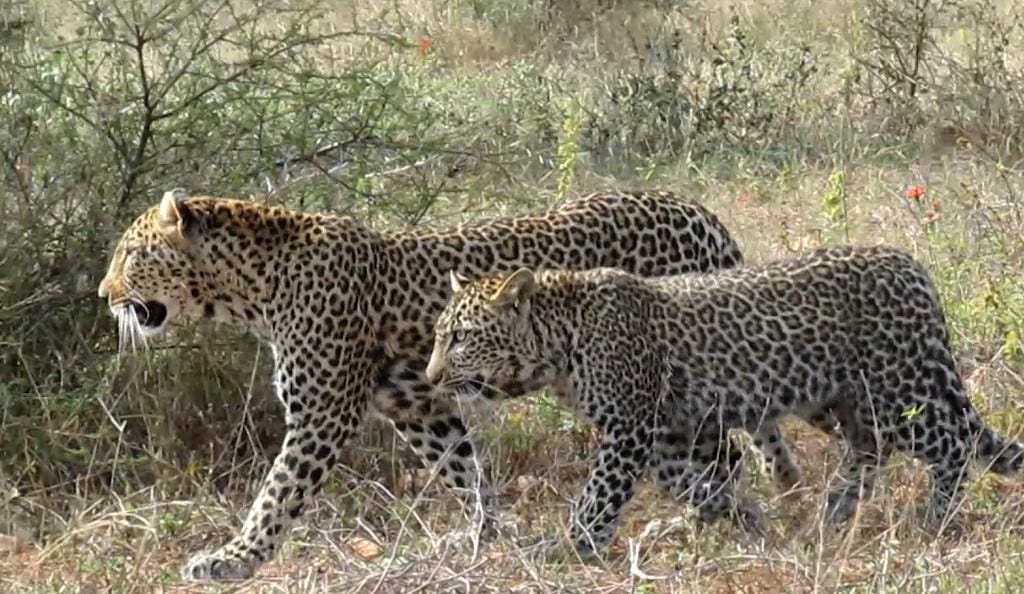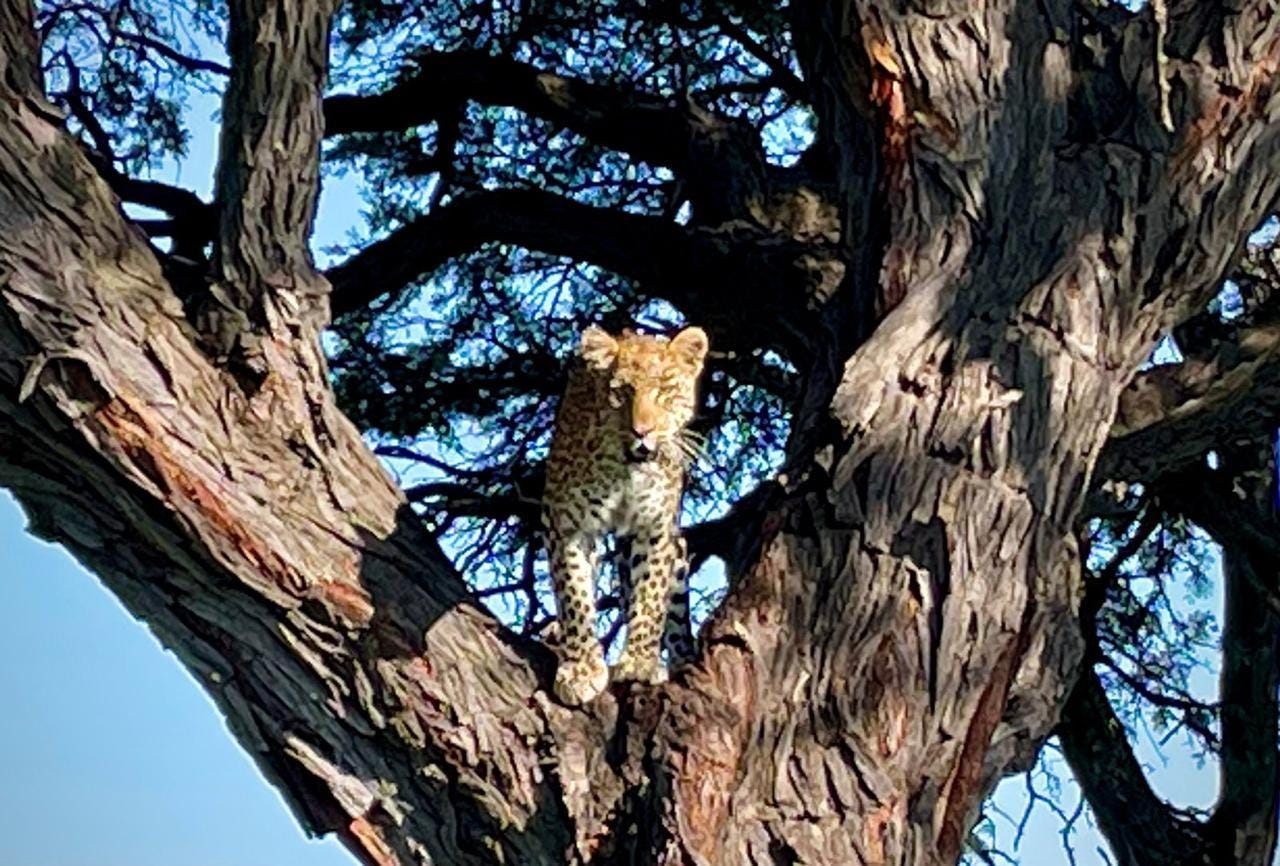Monthly newsletter - February 2023
63,375 hectares covered by the Ingwe Leopard Research.
Who are the new additions?
This month, another four reserves joined the research. Three are in the Hoedspruit area and one is in the Waterberg.
Nzumba Klaserie camps is the first camp from the Associated Private Nature Reserve (APNR) - the 5 reserves bordering the Kruger Natioanl Park - to join. With Rukiya Lodge in the Wild Rivers Reserve, both camps have camera traps but they are now fully embracing the SMART mobile app as well and will be collecting data with their guests. The residents of Raptors’ View Wildlife Estate were already dedicated conservationists and have gathered over the years a huge amount of leopard data. All their sightings and camera trap images/videos are shared on a private Facebook page. All these data can, at last, be analyzed. Finally, the 21,000 ha Marataba Game Reserve from the Waterberg joined as well. Their dedicated reserve manager rapidly understood the benefits of participating to such a project. Although leopards are shyer and scarcer in the Waterberg, the manager shared past identikits of 62 different leopards! We are looking forward to see which leopards remained and which moved on.
Discussions are ongoing with another 16 reserves. Don’t miss the next update - subscribe!
How many data were submitted?
This month, the east side of South Africa experienced very heavy rainfall. Many roads became inaccessible meaning there were fewer vehicles going on game drives. Drainage lines, which form parts of the leopard’s favourite habitat, were flooded, pushing leopards away and obliging them to hide. Therefore, fewer sightings were uploaded on the SMART mobile app.
The Rietspruit Game Reserve is the reserve that logged the highest amount of sightings this month (6) and Marataba Conservation Camps logged the first ever sighting in the Waterberg!
On the above table, the SMART uploads corresponds to the number of sightings logged on the app by the different reserves and the number of photos taken through the app. The number of camera traps submissions also include historical data and the ACW (African Carnivore Wildbook) uploads are all the images (sightings + camera traps) uploaded on the platform in order to perform AI analysis and individually identify leopards. All ID kits that were previously made by the reserves are also run through ACW to ensure there are no mistakes. The team at Marataba who shared the 62 ID kits did not do one mistake! This is very impressive and shows their level of experience. Finally, there are now 12 reserves enrolled in the project and 24 different citizen scientists have shared data this month.


If you want to learn more about the territory and distribution of those leopards sighted, click on the susbcribe buttom below and chose paid subscription (USD5/month). You will also have access to in depth blog posts about research & conservation, the tools we use and preliminary analysis. Last but not least, you will receive £100 discount on our published prices if you book a safari with us in South Africa in 2023. Promo code will be shared in the paid publications. T’s and C’s apply.
Help us expand and leave a long lasting track in the world of leopard conservation!







